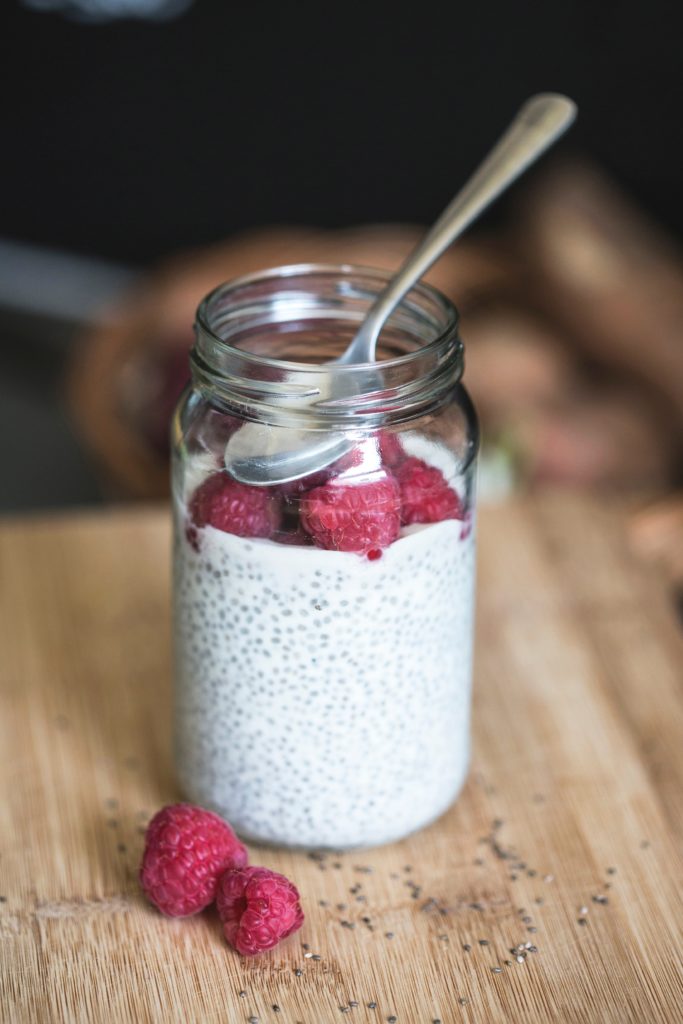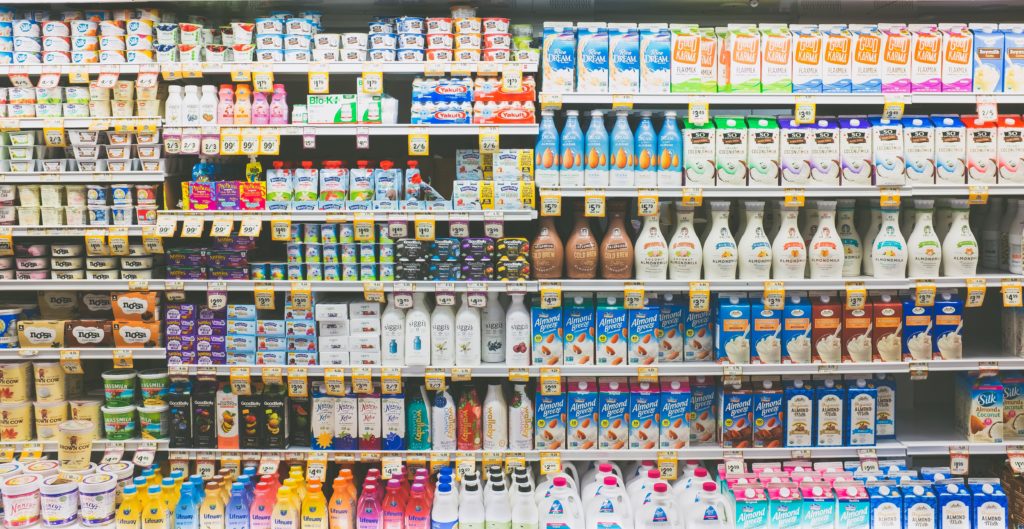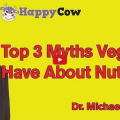In the 1980’s the low-fat trend boomed. Fat became the enemy and grocery stores saw low-fat yogurt and fat-free crackers flying off the shelves (https://academic.oup.com/jhmas/article/63/2/139/772615). Initially thought to have weight loss benefits and help with heart disease, this fear of fat didn’t translate into helping with the impending obesity epidemic. Thankfully this trend is reversing and people are starting to see the importance of fat in the diet.
Used as an energy source, and insulator and protector of organs, an aid to help absorb certain vitamins, and a barrier to our cells, fat has many important functions in the body. Our body can transform other compounds into fat to make most of these happen, but a few types called essential fatty acids need to come from the diet.
What are the essential fatty acids?
Essential fatty acids (EFA’s) come in two varieties: omega-3 and omega-6. These fatty acids have a role in inflammation in the body, and inflammation has been linked to chronic diseases like cancer, diabetes, heart disease, arthritis, and Alzheimer’s (https://www.ncbi.nlm.nih.gov/pubmed/17168669). Omega-3’s specifically help activate pathways that lower inflammation and therefore may have a role in disease prevention.
Omega-3’s have gotten a lot of attention recently as their role in health might be bigger than initially thought. The active forms DHA and EFA, have a role in brain development during fetal and early childhood. DHA specifically helps the eyes mature and EFA helps form neurotransmitters which lets nerves communicate, and they also have a role in making parts of the immune system (https://www.ncbi.nlm.nih.gov/pubmed/20329590). Omega-3’s also have a big role in mental health and are preventive for depression and anxiety (https://www.ncbi.nlm.nih.gov/pmc/articles/PMC4540034/).
Is it easy to get omega-3’s from the diet?
Turns out omega-3’s are not that easy to get. Experts recommend fatty fish 2-3 times per week to get enough omegas. As a vegan avoiding animal products, the omega-3’s need to come from a different source. Here’s the tricky part…the type of omega-3’s found in foods such as chia and flax comes in the form of ALA, a precursor to the active forms DHA and EPA. Our bodies must do the conversion itself to make this fatty acid useful. The issue? Our body isn’t very good at making this happen, researchers estimate that only 4-6% of ALA is converted to active forms (https://www.ncbi.nlm.nih.gov/pubmed/9637947). Not all is lost though! There are a few things we can do to increase the conversion.
Reduce your omega-6’s, as a diet high in this fatty acid reduces the conversion to active omega-3 forms by 40-50% (https://www.ncbi.nlm.nih.gov/pubmed/9637947). The same enzyme is needed for both processes so they end up competing. Omega-3’s are a lot harder to get from the diet as omega-6’s are found in common oils like soybean, safflower, sunflower and corn, and are also found in nuts and seeds. There is debate about the ideal ratio of omega-6:3. In a Western diet the ratio is around 15:1, more favourable ratios are 4:1. If an inflammatory disease is present a ratio of 2:1 might be even better (https://www.ncbi.nlm.nih.gov/pubmed/12442909).
The conversion rate also depends on factors such as age, genetics, smoking status, and alcohol consumption. Some of those we can’t control, but avoiding smoking and reducing your alcohol consumption can help!
Are those following a vegan diet at risk of deficiency?
In short, yes. Research suggests that those following a vegan/vegetarian diet have lower blood levels of DHA and EPA. It’s not clear at this point if this leads to any meaningful differences in health (https://www.ncbi.nlm.nih.gov/pubmed/24898239). For example, omega-3’s have a role in heart disease prevention. So if someone is low in omegas you would assume they’d have a higher risk of heart attack. But we know vegans have decreased odds of having heart disease (along with decreased risk of almost every other chronic disease). So it’s not clear yet the impact a deficiency has on health.
Best omega-3 sources
Omega’s do play a role in inflammation and brain health in the body. As it’s easy to get enough omega-6’s in the diet let’s focus on where to get omega-3’s, and foods that have a favourable ratio. Here are my top vegan picks!
| Food | Omega-3’s /tbsp |
| Chia seeds | 2400mg |
| Flax seeds | 1800mg |
| Hemp seeds | 1000mg |
| Spirulina | 58mg* |
*This comes in the active form DHA/EPA. Fish eat this algae to get their omegas.
Other notable foods with omega-3’s include walnuts, leafy greens, Brussels sprouts, and soybeans. There are no set requirements for DHA/EPA in the diet, but the recommended amount of ALA (the precursor) is 1.6 g/day for male adults and 1.4 g/day for female adults (https://www.dietitians.ca/Your-Health/Nutrition-A-Z/Fat/Food-Sources-of-Omega-3-Fats.aspxf).
Let’s recap! Omega-3’s have a big role in brain development, chronic disease prevention, and mood. As a vegetarian or vegan it’s harder to get these from the diet, but not impossible. A bit more planning is involved to include sources like chia, flax, algae and others. Check in with yourself regularly to recognize signs of deficiency including dry patches of skin, trouble concentrating, poor memory, or low mood/irritability. Supplementation can also be considered if necessary, but first focus on consuming a wide range of fresh, whole foods. As I tell my clients, eat the rainbow!
About the author: Heather Lillico, MSc, RHN, RYT, is a Registered Holistic Nutritionist and Yoga Instructor in Toronto, Canada. She specializes in nutrition for mental health, using food to help mood. She believes in a mostly whole foods vegan approach and has been vegan since 2013. For more information and to contact, visit her website www.heatherlillico.com.







